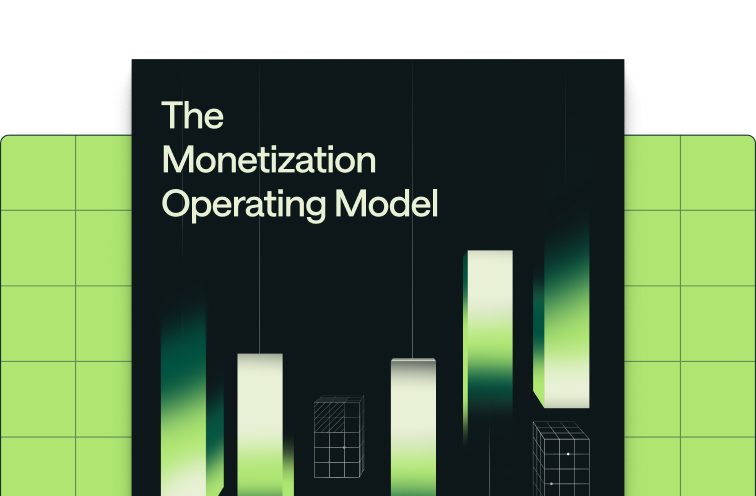Share
The landscape of AI pricing is evolving rapidly, and enterprises are facing a crucial challenge: finding a pricing model that aligns with their needs for predictability, scalability, and value. In a recent episode of Unpack Pricing, Metronome CEO Scott Woody sat down with Matan-Paul Shetrit, Director of Product Management at Writer, to explore the shifting dynamics of AI pricing and why the current per-token model is falling short for large enterprises. Here’s a dive into the highlights from their discussion, touching on current challenges in the landscape of AI pricing, how to support enterprise customers, and what the future might hold for AI pricing.
Per-token pricing works for experimentation, not for scale
One of the core issues with per-token pricing is that it creates uncertainty for enterprise buyers. While developers may be comfortable experimenting with AI model APIs on a credit card, large-scale adoption requires cost predictability. Matan explained how enterprises approach AI procurement similarly to cloud services—leaders need to know their budget upfront, not face unpredictable bills that fluctuate based on usage.
This unpredictability leads to two issues: some enterprises significantly underutilize their AI commits due to fear of excessive costs, while others deploy AI and later face unexpected ballooning expenses. Neither scenario is ideal for long-term adoption.
Enterprises aren’t just buying AI models—they’re buying platforms
For enterprises, AI adoption isn’t just about getting access to models. It’s about integrating AI securely and efficiently at scale. Writer doesn’t just sell LLMs; it offers a full-stack AI platform with security, observability, and control features. When the Writer team determines pricing, it’s done in a way that holistically takes the product value into consideration. As Matan notes, the core product offers one level of value, but it’s the combination of many secondary elements—like security, transparency, uptime, etc.—that makes the offering unique and allows you to differentiate even your pricing.
Similarly, AI providers that focus solely on model access will struggle to win over enterprise buyers. These companies need security, compliance, governance, and observability baked into the offering—pricing should reflect that full value, not just usage.
AI companies must guide enterprises through AI transformation
Unlike consumer AI applications, enterprises require hands-on guidance to adopt AI successfully. Selling AI to enterprises isn’t just about delivering technology—it’s about helping CIOs and IT teams navigate the transition. Just as they needed guidance during the era of cloud transformation, companies need education on how to go through this AI transformation, and the AI companies that realize this will make faster headway than those that don’t.
AI vendors need to invest in change management, proof-of-concept (POC) support, and training to ensure adoption. The companies that succeed will be those that offer more than just an API—they’ll provide a roadmap for how enterprises can effectively deploy and scale AI.
Large enterprises need cost certainty to scale AI
Ultimately, pricing models designed for startups and consumers don’t work for the Fortune 500. To drive AI adoption at scale, enterprises need predictable pricing structures. Writer has shifted to a model where enterprises pay a fixed platform fee that includes a generous token allocation. This approach allows companies to experiment without fear of runaway costs and ensures that AI adoption aligns with business value.
This structure makes pricing discussions easier and helps internal AI champions justify additional budget allocations by tying AI usage directly to ROI.
AI pricing must evolve for the enterprise market
As AI adoption matures, pricing models will need to evolve to support enterprise scalability. The key lessons from this discussion highlight a few critical trends:
- Per-token pricing is too volatile for enterprises and needs to be replaced with more predictable structures.
- AI pricing will follow a trajectory similar to cloud pricing, balancing cost, commitment, and value.
- Enterprises are investing in AI platforms (not just models) so pricing must reflect the full-stack offering.
- Successful AI vendors won’t just sell technology. They’ll help enterprises navigate AI transformation.
- Fixed platform pricing with built-in usage allocation offers a more viable path for enterprise AI adoption.
The future of AI pricing will be shaped by these lessons, as vendors refine their models to meet enterprise needs. Companies that can balance predictability with scalability will be best positioned to succeed in this fast-moving space.
Catch Matan and Scott’s full discussion on Episode 5 of Unpack Pricing.








.jpg)
.avif)

